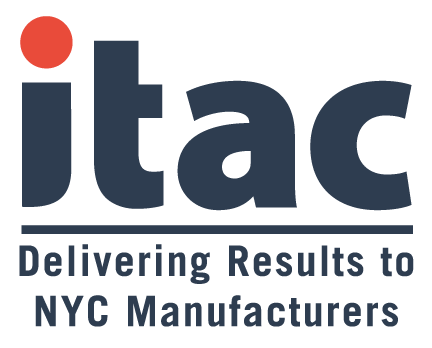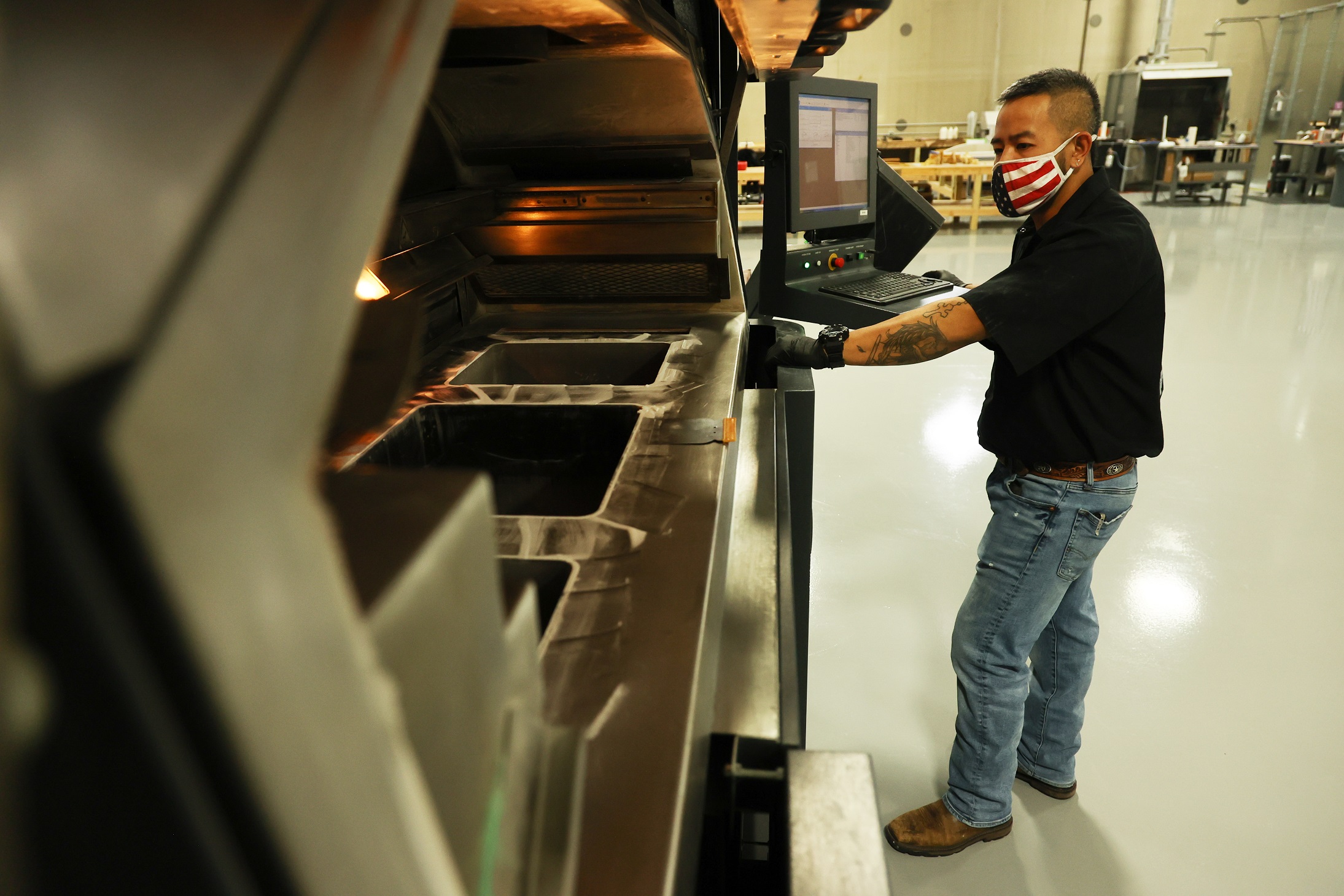Some manufacturers have seen a brand new employee fail to return from their first meal break on their very first day on the job. If this happens, you have to ask yourself how your hiring process resulted in someone who was such a poor fit. Besides figuring out what went wrong when someone leaves unexpectedly, it’s important to consider the other side of the equation – what about your firm makes people stay.
This guide will show you how to become an employer of choice that lives up to the adage that your people are your most important asset.
Build Your Workplace Strategy With a Systems Thinking Approach
Systems thinking focuses on how different parts interrelate and how systems interact through various connections and feedback. Systems thinking helps you see connections holistically through:
- Feedback loops
- Direct and indirect relationships
- Interactions and influences
- Systems within systems
What does this look like? Let’s consider a common example: when a manufacturer experiences a higher attrition rate in one department than others. You might naturally assign blame to the hiring process or failure of the talent pipeline. You might look at what’s different about the front-line oversight or working conditions. But there could be many other factors that influence the negative outcomes, such as:
- Inadequate feedback loops. Is clarity lacking between what the training programs are capable of and
what the recruiting efforts should be looking for? - Informal onboarding process. Are too many shortcuts taken, missing opportunities to engage new employees early in their career journeys?
- Vague goals during interviews. Is the definition of what makes a good employee vague, leading to the interview process failing to identify good matches?
- Bland job postings. Are job postings not compelling enough to attract the raw talents that the training program can transform?
The reality is that people working within systems frequently miss the signals these systems rely upon. They may no tbe as apparent as one machine’s impact in a production line. Look at how people and systems communicate with each other. What signals does training send to recruiting – and vice versa?
Address Long-Term Issues to Solve Short-Term Challenges
Systems thinking and culture change are long-term commitments. Systems thinking helps you grapple with both operational and strategic challenges. Here are some persistent challenges facing many small and medium-sized manufacturers:

Continuous Improvement in Five Key Areas
If a culture of continuous improvement exists in your company’s operational side, it should be easier to break down the silos and look at your employee development as a system as well. Just as you collect data on the operational side, you can identify feedback loops and system structures, and begin collecting data to improve your employee development system. There are five interdependent functional areas to consider:
1. Training
2. Recruiting
3. Onboarding
4. Performance management
5. Retention
For example, a well-structured training program will allow you to generate development pathways. If you give your people – both new recruits and seasoned staff – clearly articulated development pathways and career ladders, they’ll have a common understanding, which ties into performance management and retention. This will drive demand and expectations in many areas.
Tips to Successfully Attract Employees
If dozens of job seekers viewed your most recent job listing but few applied, it means either your listing wasn’t attractive to them or you didn’t reach a broad enough audience. Every job posting and interview is a chance to tell prospective employees why they should want to work at your company. Every step from the way you post open positions to how you conduct exit interviews presents an opportunity to cultivate your company’s reputation as a great place to work – a place that attracts and retains employees. With a shrinking talent pool and more competition for skilled workers, how your company is perceived by job seekers is more important than ever.
Cast a wider net
Diversity, equity and inclusion play a critical role in attracting and retaining employees. Diversity takes many forms – race, ability, age, gender, nationality, socioeconomic status and more. The case for increasing diversity in every industry is clear. As McKinsey has written extensively, “Companies in the top quartile of gender and ethnic diversity were 25% and 36% more likely to financially outperform those in the bottom quartile, respectively.” Moreover, the pandemic has disproportionately displaced workers of color, and connecting displaced workers to job opportunities in advanced manufacturing is a win for the worker, for the company, for our economy and for our society overall.
Sell your company to potential employees
Potential employees need to know why your company is a great place to work. Don’t simply list position requirements on a job posting. Instead, describe your company’s culture. Describe why a potential job seeker will find meaningful employment with your firm while becoming part of an engaged and mission-driven team. Conduct an objective assessment of how your company is described on websites such as Firsthand, Glassdoor and LinkedIn. It is important to update and refine how your company appears to applicants.
Talk about career paths with potential hires
When writing job descriptions and spreading awareness of career opportunities, companies must articulate the potential for career advancement. Candidates are more engaged when they see their career path provides room for growth and consistent improvement. Your company culture should reinforce workforce development. Develop career ladders and conduct employee satisfaction surveys annually.
Make recruiting a priority
Even when companies are not searching for new employees, hiring managers should always keep an eye out for new recruits. This should be an ongoing process for companies looking to attract prospective candidates.
Create a competitive advantage through diversity, equity and inclusion
Diversity is a key ingredient for better decision making. Homogenous groups may be susceptible to groupthink,
while diverse teams draw from a greater variety of perspectives. Diverse teams likely consider information more
thoroughly and accurately. Research also shows that diverse teams:
Rethink the Rules for Workplace Structures, Incentives and Perks
Research shows people are not just looking for a job – they want a career. Companies that offer training and professional development during work time send a clear message that they value their employees’ futures. Research also shows that employees value flexibility. Consider offering remote opportunities when possible and options like four-day work weeks. Offer shorter work days that accommodate your employees’ child care – a common employment hurdle for many parents.
Employees value incentives and perks that help subsidize their personal expenses such as transportation, food and
tools. Consider providing:
- Breakfast for an early shift. It makes it easier for people to get to work on time, offsets expenses and
provides nutrition to start the day. - Laptops, phones and any tools required to do the job. Provide whatever employees need – work
boots, safety equipment, etc. - .Help with transportation expenses. Pay for public transit or provide incentives for workers that carpool.
- Partner with a child care provider.
Have a Career Development Plan in Place
Investing in your workers’ professional and personal growth demonstrates that you genuinely care about their future. From certification programs to associate degrees, there are many affordable options for providing educational opportunities for your employees. The first step is asking each employee how they want to grow professionally. From there, develop a personalized plan aligned with the organization’s goals. Finally, match that plan with both internal and external training
opportunities. Talk to your employees and get to know where they want to be in the next five years. Be sure to
offer development opportunities to allow employees to learn what they need to know to advance within their
career path.
Use Effective Job Postings
Many manufacturers don’t realize how important the wording of each job posting is for attracting applicants. Research competing job postings, not just in manufacturing but in other industries competing for the same people. Ask your marketing team to help with the postings. Employers of choice often include these elements in their job postings:
- Sell the job like you’re selling a product or service
- Include what makes your company a great place to work
- Describe your culture
- Tell your company story
And by all means emphasize continuous improvement in job postings. How do these two examples sound to you? Where would you rather work?
“Setting objectives and reviewing shift’s performance versus objectives” or “Fostering an environment of continuous improvement by inspiring employees to problem solve within their work cell.
Prioritize Your Actions Around What You Can Control
Things like the local labor market are out of your control. But other employers are dealing with the same challenges.
What’s in your control? Create a culture of learning where training is foundational. Create development pathways so employees see themselves on a journey and feel confident that there is a role for them.
______
ITAC is the NYC chapter of the Manufacturing Extension Partnership (MEP) network, affiliated with the National Institute of Standards and Technology (NIST). These non-profit organizations deliver technical, consulting, and workforce development services to small and medium-sized businesses in the manufacturing community.
The insight for this article originated from NIST MEP.






